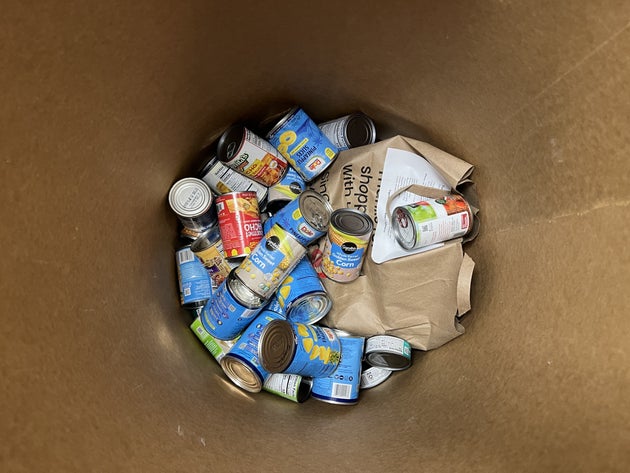Foods Needed During SNAP Freeze — Safe Donation Guide
The Crisis of Food Insecurity Amid Government Shutdown
Amid the uncertainty surrounding a government shutdown and the ongoing debate over whether Supplemental Nutrition Assistance Program (SNAP) benefits will be released to nearly 42 million Americans, food banks and giving networks across the country are working tirelessly to meet the growing demand in their communities. This situation has placed many food banks in what is being called "crisis mode," as families who rely on SNAP benefits face an uncertain future.
Jason Jakubowski, President and CEO of Connecticut Foodshare, explained that the uncertainty around SNAP benefits combined with the approaching holiday season has created a "nightmare scenario" for families. He noted that people who depend on SNAP don’t know when or if their full benefits will arrive, which has led to a surge in demand at food pantries and mobile food distribution sites. “For every one meal we can provide at the food bank, SNAP can provide nine,” he said.

With increased demand, there is also a growing number of individuals looking to help. Operation Food Search in St. Louis reported that a recent food drive with City Foundry saw 20,000 pounds of food donated—enough to feed 5,000 people in a day. However, in triage situations, it can be difficult for those new to food rescue and donation to understand how they can make the most effective impact.
Experts in food donation and safety provided guidance on how to ensure donations are as helpful as possible. Before making any donations, reaching out to the specific organization you're interested in supporting is a key step. This helps avoid well-intentioned but potentially unnecessary donations that may not align with the needs of the community.
“Before making a donation, the most helpful thing donors can do is check the guidelines of the organization they’re donating to,” said Kyle Waide, president and CEO of Atlanta Community Food Bank. “Food banks, pantries, and community fridges often have different storage capacities, safety requirements, and community needs.”
Jakubowski echoed this advice, noting that “a quick phone call can make your gift more impactful” and prevent donations from going to waste. He emphasized that each pantry serves a different community with unique needs and storage capacities, so checking in first ensures that donations go where they are needed most.
In addition to food donations, monetary contributions and volunteering are also valuable ways to support these networks. “We need donations to help us purchase food and transport it to our pantries and mobile sites. We need volunteers to help sort through donated food before it goes out on our mobile trucks,” Jakubowski said.
What to Donate: Tips from Experts
When choosing what to donate, experts recommend considering what you would feed your own family. Melissa Weissler of Operation Food Search advised, “Think about what you and your family enjoy eating, and let that be your guide.” She noted that food banks and pantries serve a wide variety of personal and cultural preferences, and it's important to be sensitive to these differences.
Kyle Waide added that donors should choose items that are nutritious, shelf-stable, and easy to prepare. He also stressed the importance of ensuring that items are unopened, in good condition, and within their expiration period.
Some of the most commonly requested items include:
- Peanut butter
- Canned meats (tuna, chicken, etc.)
- Canned vegetables and fruits
- Rice, beans, and pasta
- Cereal
- Shelf-stable instant meals
- Shelf-stable milk
- Granola bars
- Fruit cups and applesauce
- Crackers
- Soups, stews, and broths
Jakubowski noted that protein-rich foods and dairy products are among the most sought-after items. However, he also mentioned that under-donated items like meat proteins can vary depending on the community’s needs. Calling ahead to check on under-donated items is a great way to build a relationship with your local food pantry.
Common Mistakes to Avoid
There are several common mistakes that donors can avoid by reaching out before donating. Wagner highlighted that many people tend to bring items high in carbohydrates that don't promote a balanced diet. These types of items are already abundant at food banks, so balancing them with more needed items is ideal.
Specialty items that require specific storage conditions can also be problematic if the pantry isn’t equipped to handle them. Additionally, holiday-specific items may sit unused for too long, leading to waste. Glass containers, condiments, specialty sauces, homemade foods, and baby food are also less effective, as they may not be versatile enough for the diverse needs of the community.
Weissler also pointed out that some staples, like rice and beans, while nutritious, can be time-consuming to prepare. People on SNAP benefits are often working and may not have the time or resources to prepare dried beans properly.
By following these guidelines, donors can make the most impactful contribution to their local food banks and help address the growing need in their communities.

